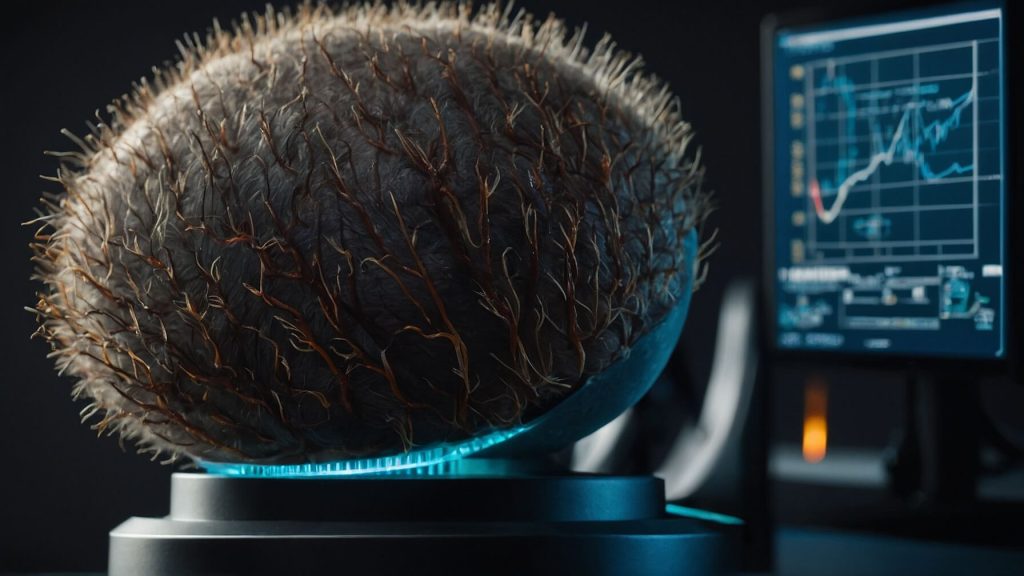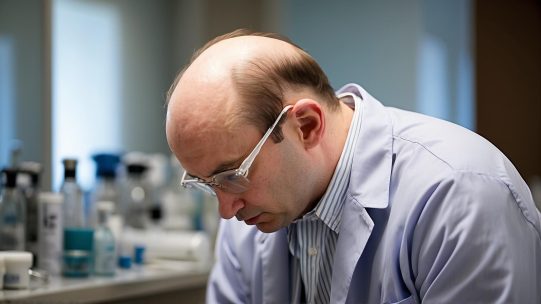New 3D hair follicle model to accelerate baldness treatment

Hair loss is a common condition that affects many men and women due to aging and medical conditions. Existing FDA-approved drugs can minimize hair loss but cannot regrow new hair. The Institute of Bioengineering and Nanotechnology (IBN) has recently developed a new model of the hair follicle to help discover new drugs for hair regrowth.
Prof. Jackie Y. Yin, Executive Director of IBN, said: “We have applied our expertise in cell and tissue engineering to create a hair follicle-like structure that is very similar to the original hair follicle. This model allows us to better understand the mechanisms that control the development and growth of the hair follicle. We hope that our invention will lead to new treatments for hair loss, which affects millions of people around the world.”
Hair follicles are regenerating organs that produce new hair shafts in each growth cycle. This hair growth cycle is regulated by the interaction of two major cell types: the epithelial cells surrounding the hair shaft and the papilla cells at the base of the follicle. Therefore, three-dimensional models of hair follicles are useful for studying the interaction of these cells in order to find new treatments for male and female pattern baldness.
By applying a proprietary microfiber technology2 that allows the creation of different cell types in three dimensions, the IBN research team was able to create a three-dimensional hair follicle model that mimics the size and arrangement of cells in a real hair follicle. This was achieved by combining two types of hair matrix cells – papilla cells and keratinocytes, epithelial cells – inside a translucent fibrous matrix.
Dr. Andrew Wang, IBN team leader and principal investigator, said: “When we measured the diameter of a single hair, our follicle-like structure showed cell behavior similar to that of a real hair follicle. In our model, hair cells are implanted in very thin transparent fibers that, unlike conventional models, can be easily viewed under a microscope.”
The IBN researchers found that the cells in the follicle-like structures include genes that are normally active during the hair growth phase, and when transplanted into mice can develop into natural hair structures.
If commercialized, this technology could be used by pharmaceutical companies in the drug development phase to screen potential stimulators and inhibitors of hair formation. Consumer product companies will also be interested in this technology platform as it will enable the screening of active ingredients for hair growth in personal care products.










Comment